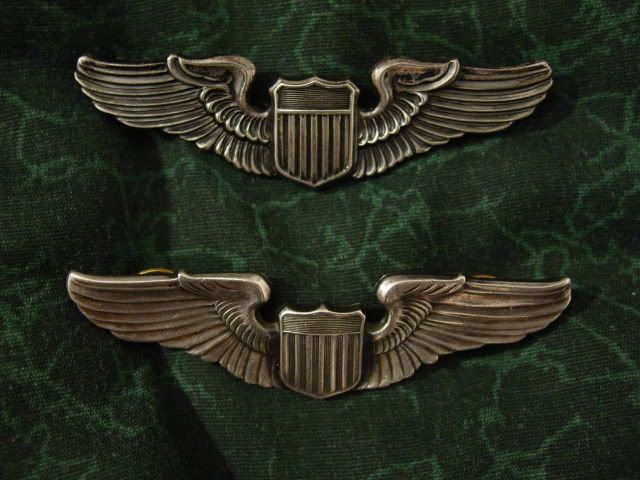Maj.Nick Danger
I'll Lock Up
- Messages
- 4,469
- Location
- Behind the 8 ball,..
If you wear all or nearly all vintage WW2 insignia on a uniform, is it a good idea to polish the vintage stuff? And if so, what do I use that's considered safe for sterling silver and also for brass? I have air transport DUIs in sterling that are almost black in color now, and some of my brass is too dull!
I looked through my 1944 edition of "The Officer's Guide" and the only reference to this subject I saw pertained to the brass belt buckle, but I am assuming that all brass and sterling insignia should be kept polished too. But what is the best product or products for this purpose?
I looked through my 1944 edition of "The Officer's Guide" and the only reference to this subject I saw pertained to the brass belt buckle, but I am assuming that all brass and sterling insignia should be kept polished too. But what is the best product or products for this purpose?




